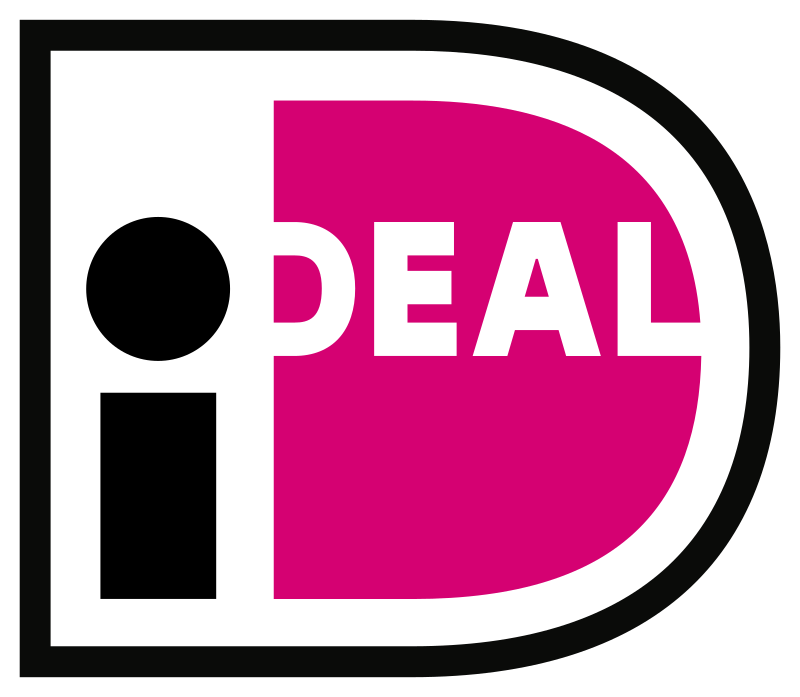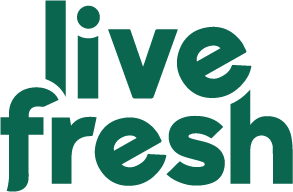Du stehst vor einer aufregenden Zeit in Deinem Leben – der Schwangerschaft. Es ist eine Zeit voller Veränderungen, sowohl physisch als auch emotional. Die Frage, wie Du mit Deinem Gewicht umgehen sollst, mag in Deinem Kopf herumschwirren. Du fragst Dich vielleicht, ob es sicher oder sogar ratsam ist, in der Schwangerschaft abzunehmen. Diese Frage ist völlig verständlich und wichtig für Deine Gesundheit und das Wohlergehen Deines Kindes.
In diesem Beitrag werden wir gemeinsam das Thema "Abnehmen in der Schwangerschaft" erkunden. Wir werden uns mit den gesundheitlichen Aspekten der Schwangerschaft, den Gründen für die Gewichtszunahme, den möglichen Risiken des Abnehmens und den besten Ansätzen für ein gesundes Gewichtsmanagement während dieser besonderen Zeit auseinandersetzen. Du wirst erfahren, wann es angebracht sein könnte, Gewicht zu verlieren, und wie Du dabei sicherstellen kannst, dass Du und Dein Baby gut versorgt sind.
Wir werden auch auf alternative Ansätze zur Gewichtskontrolle, eingehen. Am Ende dieser Reise wirst Du hoffentlich besser informiert sein und in der Lage sein, fundierte Entscheidungen zu treffen, die Deinem Wohlbefinden und dem Deines Kindes zugutekommen.
Lass uns gemeinsam in diese wichtige Thematik eintauchen und herausfinden, wie Du die bestmögliche Unterstützung und Betreuung während Deiner Schwangerschaft erhalten kannst.







